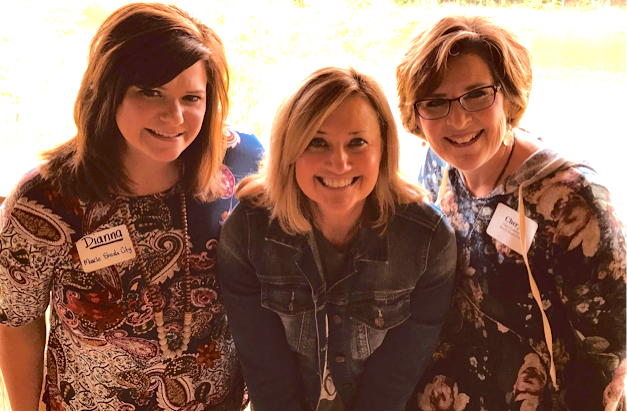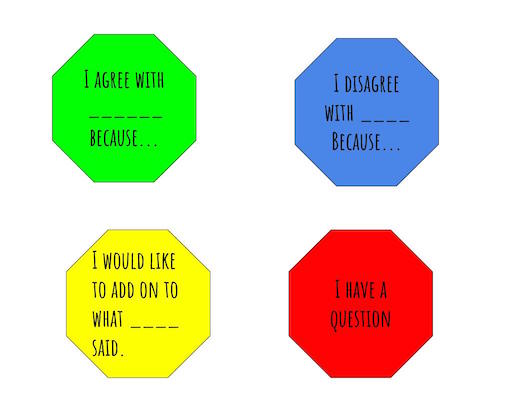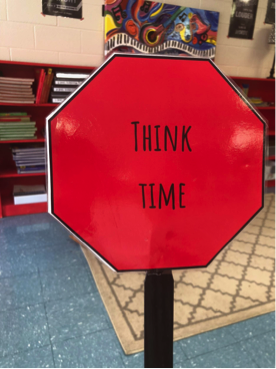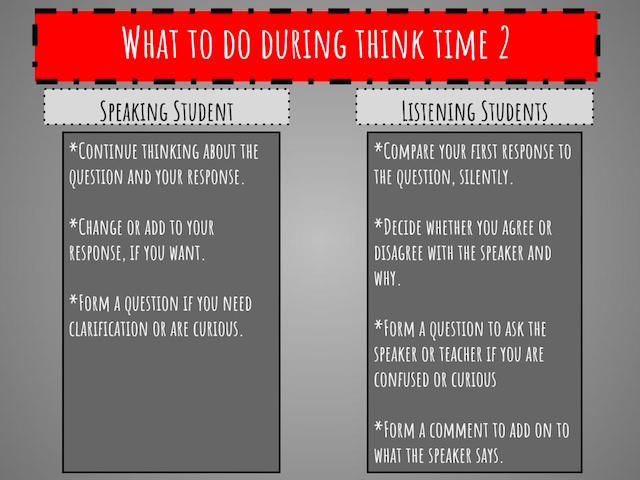Engaging students in deep and meaningful learning is critical to their success in today’s constantly changing world. One way to make connections with students is by asking quality questions—the kinds of questions that capture their attention and cause them to really think and “go deep.”
One of the leading experts on questioning is our own Jackie Walsh who (with co-author Beth Sattes) has written several books on questioning, the most recent being Quality Questioning: Research-Based Practice to Engage Every Learner.
To ensure that more Alabama teachers gain access to professional learning about quality questioning, the Alabama Best Practices Center has (so far) featured five institutes across the state on the topic, all led by Dr. Walsh.
 One of our most recent institutes was in Muscle Shoals City Schools this past June. Three of their Instructional Partners—all of whom work with elementary teachers—have captured the results of their schools’ involvement in the Quality Questioning Institute and the extra impact teachers can have when they use advanced questioning strategies with their students. Over the next three days, we’ll feature reports from (left to right) IP’s Dianna Ritter, Sandy Armstrong, and Cheryl Lockhart.
One of our most recent institutes was in Muscle Shoals City Schools this past June. Three of their Instructional Partners—all of whom work with elementary teachers—have captured the results of their schools’ involvement in the Quality Questioning Institute and the extra impact teachers can have when they use advanced questioning strategies with their students. Over the next three days, we’ll feature reports from (left to right) IP’s Dianna Ritter, Sandy Armstrong, and Cheryl Lockhart.
If you’d like to learn more about future institutes, please contact Emily Strickland at [email protected]. — Cathy Gassenheimer
By Cheryl Lockhart
Instructional Partner
McBride Elementary
 McBride Elementary School is home to students in 3rd-5th grades. In June 2017, two teachers and I attended a training at the 4H Center in Columbiana, Alabama. This training was our first dose of Quality Questioning with Jackie Walsh. This pair of teachers embraced Quality Questioning and brought it back to the classroom. They shared their experiences with other teachers as they implemented protocols to nurture a culture of collaborative dialogue.
McBride Elementary School is home to students in 3rd-5th grades. In June 2017, two teachers and I attended a training at the 4H Center in Columbiana, Alabama. This training was our first dose of Quality Questioning with Jackie Walsh. This pair of teachers embraced Quality Questioning and brought it back to the classroom. They shared their experiences with other teachers as they implemented protocols to nurture a culture of collaborative dialogue.
Their sharing created a lot of faculty interest. As a result, this past summer of 2018, the majority of our teachers spent two days in June with Jackie learning about Quality Questioning. Sitting side by side with colleagues, we listened and then planned how these protocols might make a difference in the level of thinking of our students.
Our goal, both then and now, is to create a culture where students can carry on the discussion while teachers listen in order to gather formative assessment and move on to next steps.
After our summer training, I created teacher-approved resources to ensure that all teachers had access to the same foundation of materials. I also created a Google Slides presentation with a screencast which talked through a synopsis of what we learned in our summer training and how the materials were to be used to teach the protocols.
The idea was to provide consistency throughout our building with explicit instruction.We wanted our students to be immersed in this new culture of collaborative dialogue. We also understood that we, as teachers, needed to be immersed so that our own practice could be adjusted to reflect new learning.
A QQ Yarn
 The shift has begun! I can see real change beginning to take shape as these new protocols are practiced over and over throughout our building.
The shift has begun! I can see real change beginning to take shape as these new protocols are practiced over and over throughout our building.
For example, I’ve seen one of our intervention teachers, Dr. Meredith McClanahan, using the resources to promote think time and student ownership of the conversation with sets of student dialogue paddles. These paddles have short stems to help students begin their response.
Our gifted and talented teacher, Catherine O’Steen, has used them with her students as well. She wanted her students to notice who was adding to the conversation and who was not. She posed a question, took the end of a piece of yarn and then “chose” a student to respond. She passed the ball of yarn to the student while holding onto her end. Each time a student added to the discussion, they received the ball of yarn and held on to a piece before passing it to the next person to add to the discussion.
At the end, it was obvious who had added to the conversation and who had not. This activity provided a visual to make students aware of who had or had not participated in the discussion. It also led to a great conversation about how to invite peers into the discussion if you notice someone has not participated.
One of our Science and Social Studies teachers, Jill McCabe, used the protocols in a lesson that was observed by an administrator. She used the Quality Questioning book to gather some ideas for sentence stems (I agree…I disagree…etc.) and posted those on the wall in her classroom. After she posed her “Think Time question,” students began the discussion.
As Jill’s students were responding to her and to each other, she noticed that they had a “go-to” stem which was the “I agree…”. She began tracking every time that stem was used. She wrote the student’s name on a post it and put it on that sentence stem. By doing this, it became visible to her and to the students that they weren’t branching out to use the other stems and as a result, were missing out on great discussion. She then closed down the “I agree…” stem for a while and asked that they work to use the other stems in their responses as a way to open up deeper dialogue and more robust discussion.
Jumping in the Pool
I am very encouraged with the success we have had so far. We have taken time at the end of a faculty meeting to also share the good, the bad, and the ugly of it in order to see that we are not alone and to gather ideas from each other.
 Our administration has set the expectation that all teachers should be using Quality Questioning. It is one of the “look fors” during teacher observations. Our principal Dr. Alan Willingham has told everyone they need to be “in the pool” in regards to Quality Questioning; however, he has made it clear that teachers need to proceed at their comfort level. He knows some teachers are only comfortable starting out in the shallow end of the pool while others are comfortable jumping in the deep end.
Our administration has set the expectation that all teachers should be using Quality Questioning. It is one of the “look fors” during teacher observations. Our principal Dr. Alan Willingham has told everyone they need to be “in the pool” in regards to Quality Questioning; however, he has made it clear that teachers need to proceed at their comfort level. He knows some teachers are only comfortable starting out in the shallow end of the pool while others are comfortable jumping in the deep end.
We have an Observe Me day coming up this semester. Our plan is for teachers to have an opportunity to observe colleagues who have embraced this protocol (jumped into the deep end) and had success in implementation.
Cheryl Lockhart has been the Instructional Partner at McBride Elementary in the Muscle Shoals City Schools for five years. She taught 5th graders (both self-contained and departmentalized reading and language) at McBride for 14 years. She has also been honored as Northwest Alabama Reading Teacher of the Year.
ALSO SEE:
Dianna Ritter on Quality Questioning at Highland Park and Webster Elementary
Sandy Armstrong on Quality Questioning at Howell Graves Preschool
Cheryl Lockhart on Quality Questioning at McBride Elementary



Cheryl, it’s very instructive and exciting to read examples of specific ways individual teachers are adapting QQ to their classrooms. Thank you for sharing your ppt! Those who have not followed the link to Cheryl’s ppt are missing a treat. I also appreciate the tools you created for your teaches. What a powerful example of partnership. Thanks to you and all the teachers at McBride who are providing evidence that QQ can make a difference for students.–Jackie